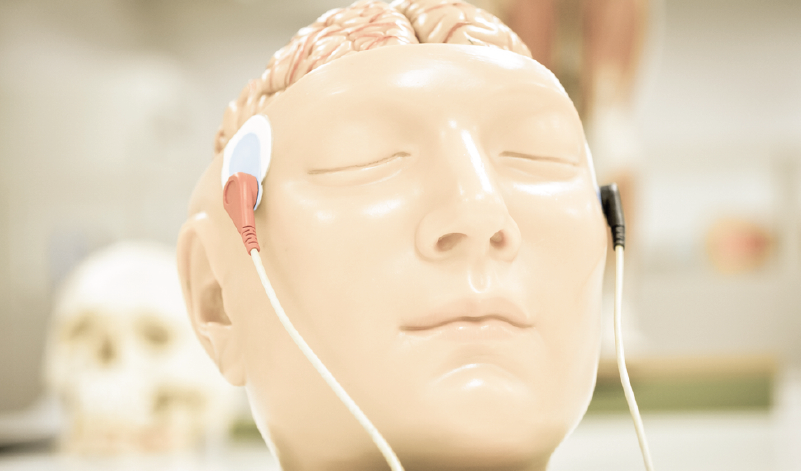Patients With Advanced ALS Could Communicate Using Their Brain, Study Says

Researchers have developed a new approach that might help ALS patients maintain their ability to communicate as disease progresses, according to a study published in the Journal of Neural Engineering.
In the research paper, “Self-Regulation Of Brain Rhythms In The Precuneus: A Novel BCI Paradigm For Patients With ALS,” the authors explain how it is possible to train ALS patients to self-regulate the activation of a brain area called precuneus (pronounced pre-ku´ne-us), and thereby maintain communication when the disease reaches a stage that impairs this ability.
As ALS progresses, patients lose the ability to walk, move their limbs, talk, swallow and even breathe. They eventually achieve a complete locked-in state (CLIS) in which they can no longer communicate.
One method that allows patients to maintain the ability to communicate is called a brain-computer interface (BCI). This method is based on an electroencephalogram (EEG) and can be particularly advantageous due to its mobility, safety and low price.
However, ALS patients in a CLIS stage cannot use existing BCIs because these systems depend on brain processes that are impaired in the late stages of ALS.
For this reason, researchers set to develop and test a new BCI model, relying on brain structures that are probably not affected as much in ALS in patients who are still conscious despite the CLIS stage, such as the structures supporting consciousness. One brain area associated with consciousness is the precuneus, located in the superior part of the parietal cortex.
Researchers trained two male patients (aged 59 and 63 years at study’s start) with bulbar ALS to employ self-regulation of theta or gamma oscillations (brain waves) in the precuneus. This allowed patients to answer questions or respond to stimuli by activating either type of oscillation. These oscillations then were captured with the EEG-based BCI, allowing basic communication.
Importantly, both patients kept their learned ability to self-regulate the activation of the precuneus even with disease progression. However, researchers were unable to investigate the performance of this novel BCI method in the CLIS stage, as one patient died before reaching that phase and the other moved away, bringing the study to an end.
“In this work, we proposed a novel BCI for ALS patients based on self-regulation of brain rhythms in the precuneus,” the authors wrote. “In particular, we tested two hypotheses: First, ALS patients in early disease stages are able to gain control of neuronal oscillations in the precuneus. Second, they can maintain this skill as the disease progresses. … Both patients were able to modulate the posterior brain rhythms and use these modulations to control the BCI online.” they wrote.
Based on these results, the authors contend their version of the BCI technique can restore communication and improve the quality of life of ALS patients.
“[F]urther investigation is needed on the performance of BCIs based on self-regulation of brain rhythms in the precuneus in CLIS ALS,” they wrote. “Because our study is limited to two patients with bulbar ALS, it will also be important to investigate whether other patients can control this type of BCI. Training should be started early, because patients’ learning abilities can decline as ALS progresses,” they added.






